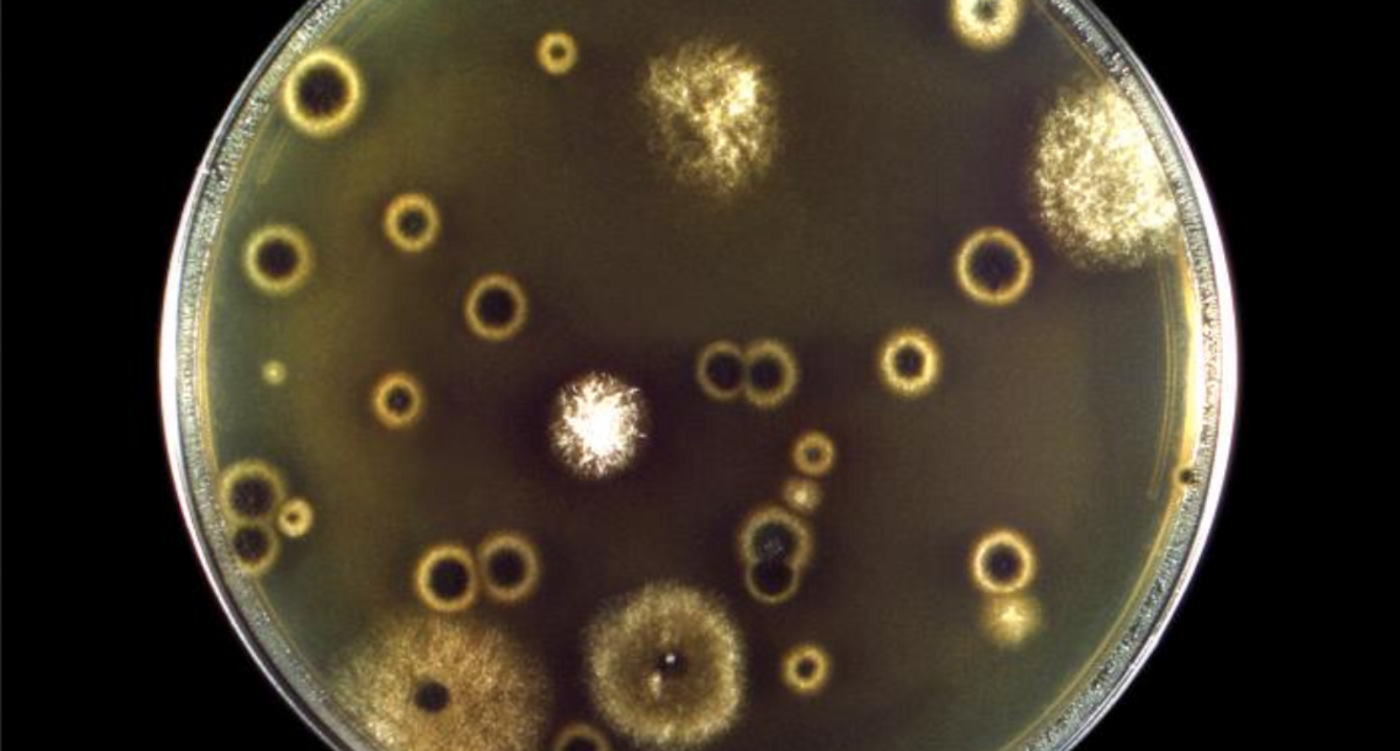A Fungus That Shrinks to Infect the Brain
Researchers have discovered that a fungal pathogen called Cryptococcus neoformans transforms when it enters the body, and this transformation enables it to move into the brain. The findings, which used a mouse model, indicated that as the fungus moves around to infect various organs, it takes on new characteristics that allow it to spread rapidly. The findings, which have been reported in Cell Host & Microbe, could help scientists create to ways to stop the C. neoforman pathogen, which is now the primary cause of fungal meningitis. This rare infection can cause potentially fatal swelling in the brain of affected individuals, who are typically people with compromised immune systems.
“Cryptococcus cells in the lungs are very diverse with different sizes and different appearances. So, when my graduate student showed me pictures of the uniformity of cells from the brain, I was shocked,” noted senior study author Jessica Brown, Ph.D., associate professor of pathology at University of Utah Health. “It suggested that there was some very strong reason why only this population of cells were making it that far into the body.”
Previous research has shown that the fungus can adapt to the lungs, where it becomes ten times larger, probably because it is then harder for the immune system to destroy the fungal infection. In other areas, the fungal cells stay small.
The scientists found that small C. neoformans cells prefer to infect the brain. These smaller versions of the fungus also express different genes, and have things on their surface that can help them reach the brain. Brown called these tiny cells "seed cells," and hypothesized that they are different from larger fungal cells of the same species.
In nature, C. neoformans loves to grow rotting wood and pigeon droppings, or guano, which contains high levels of phosphate. When exposed to guano, C. neoformans takes on alternate states. The researchers suspect that this could have exerted a selective pressure on the fungus, which led to its pathogenicity. Phosphate also triggers the shift from larger fungal cells to smaller fungal seed cells.
When it's accidentally inhaled, C. neoformans can live in the lungs, then move to the bloodstream and other organs, all of which have unique microenvironments. Phosphate is released by cells when tissue is damaged. If the fungus infects the lungs, phosphate may build up, which could cause C. neoformans to transform and infect other areas.
Now, the research team wants to find a way to stop C. neoformans from becoming seed cells.
Sources: University of Utah, Cell Host & Microbe









